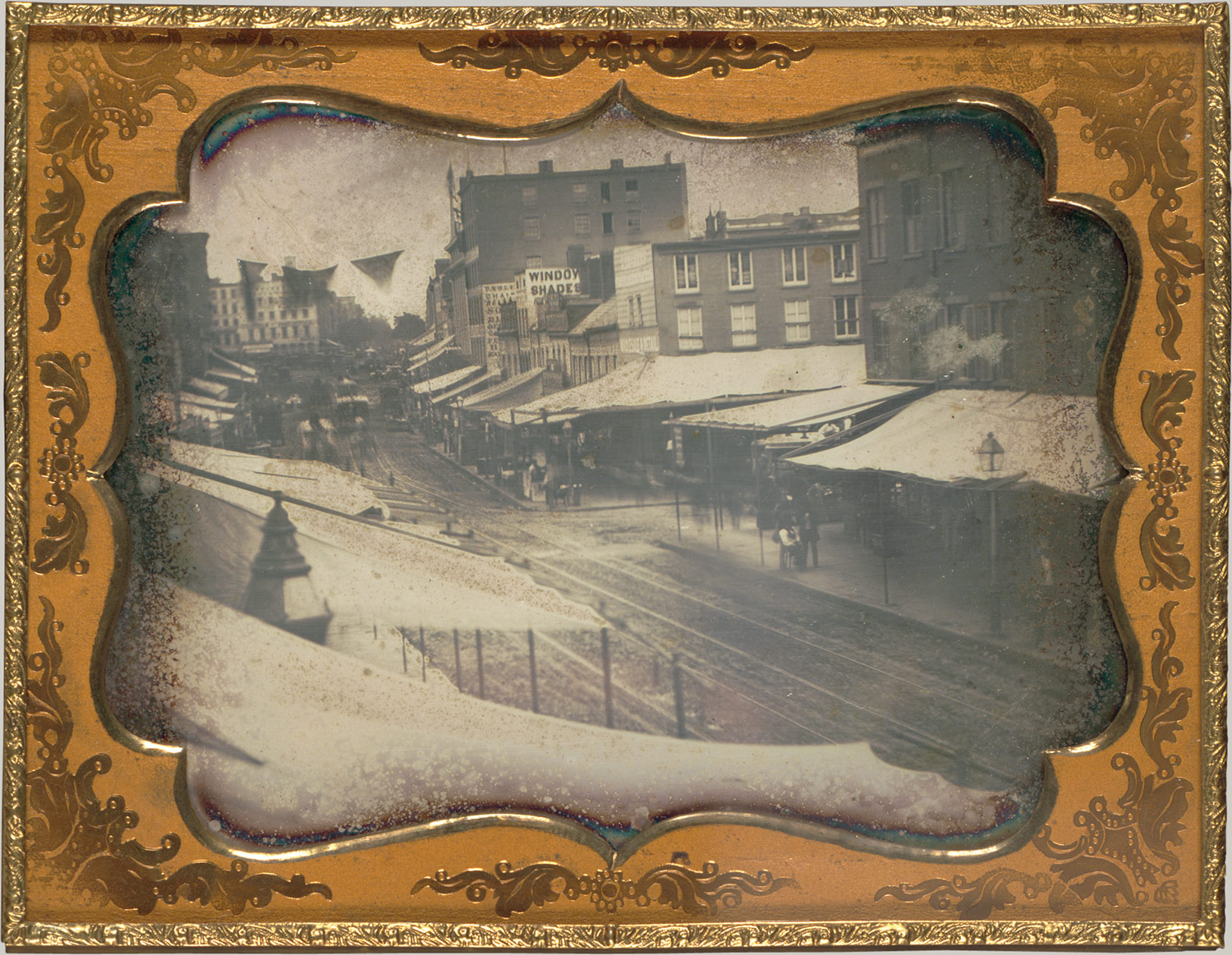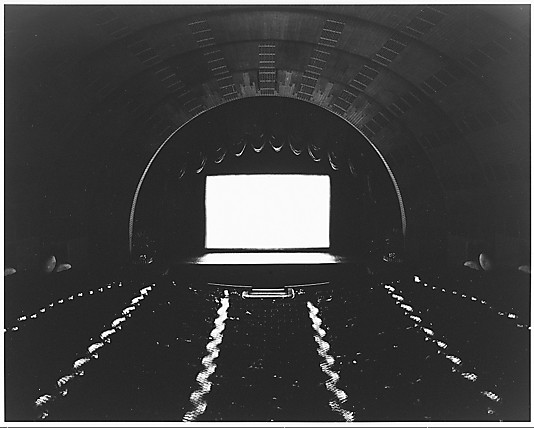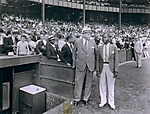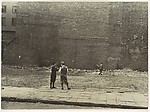Some sixty photographs of New York City from the 1850s to the 1970s—including many landmarks of American photography—were on view at The Metropolitan Museum of Art from May 7 through August 25, 2002. Since September 1839, when the painter Samuel F. B. Morse put aside his brushes for a camera, photography has been integral to the life and art of New York City. This celebration of the city as muse included 19th-century photographs by Edward Anthony, Silas Holmes, and anonymous artists, and 20th-century works by Berenice Abbott, Ralston Crawford, Walker Evans, Walter Gropius, Lewis Hine, Helen Levitt, Edward Steichen, and James VanDerZee, among others. With the exception of

Chatham Square (1853),
a rare daguerreotype street scene on loan from the renowned Gilman Paper Company Collection, all of the photographs in the exhibition were drawn from the collection of the Metropolitan's Department of Photographs.
New York, New York: Photographs from the Collection included such rare examples of 19th-century photography as

Edward Anthony's busy street scene Broadway on a Rainy Day (1859),
as well as late 20th-century studies including

Hiroshi Sugimoto's elegant Radio City Music Hall, New York (1978).
Among fascinating images of the city's architectural heritage, its explosive commerce, and its expanding population were dramatic views of airy 19th-century row houses and of the 20th-century skyscrapers that replaced them.

Alfred Stieglitz's From the Back Window, 291 (1915)

and Berenice Abbott's Canyon, Broadway and Exchange Place (1936)
portrayed this transformation.
New York's diversity and cultural traditions were celebrated in

Bill Robinson and Spectators at a New York Black Yankees Baseball Game by James VanDerZee (1934),

The Morning's Bagels by Weegee (ca. 1940),

and Times Square, New York, a photograph of a street preacher by Robert Frank (1954).

Sid Grossman's Coney Island (1947)

and Dan Weiner's Family Shopping for Modern Furniture in a Brooklyn Department Store (1952)
capture the post-war optimism of a generation. These artists explored the city's psychic temperament and evoked its vitality as well its moments of stunning emptiness and, at times, alienation.
The exhibition also featured children at play on the city's streets.


Helen Levitt's photographs of kids imaginatively interacting with urban surroundings (1939-42)
were seen alongside

Ben Shahn's balletic study of boys playing in a vacant lot, New York (1932-35),

and Leon Levinstein's even more athletic Handball Players, Lower East Side, New York (ca. 1958).
The dizzying aspiration, rebirth, and renewal of New York City was articulated in

Lewis Hine's Icarus, Empire State Building (1930).
In this spectacular photograph, a lone steel-worker in a boundless sky, far above the burgeoning city, straddles a construction cable, tightening a clamp as if performing a high-wire act.
Among the most iconic images in New York, New York: Photographs from the Collection was

Edward Steichen's The Flatiron (1904).
This view of what was then the city's tallest building is the quintessential chromatic study of twilight in the city and a prime example of the conscious effort of photographers working at the turn of the century to assert the artistic potential of their medium.
New York, New York: Photographs from the Collection was organized by Jeff L. Rosenheim, Assistant Curator in the Metropolitan's Department of Photographs.